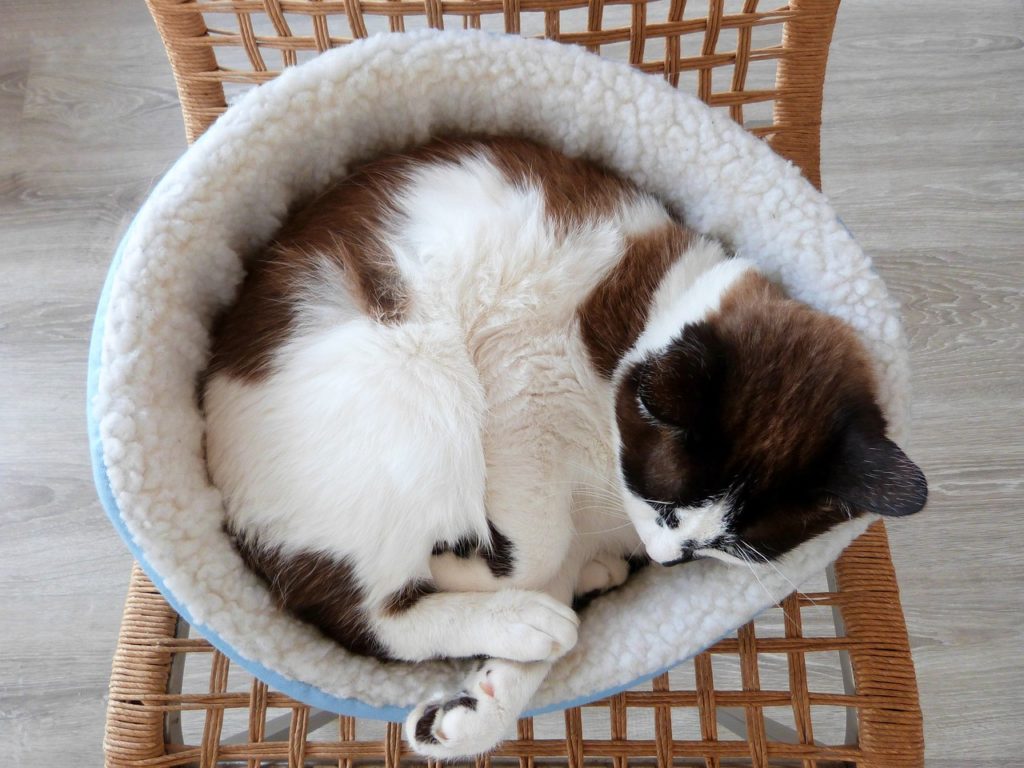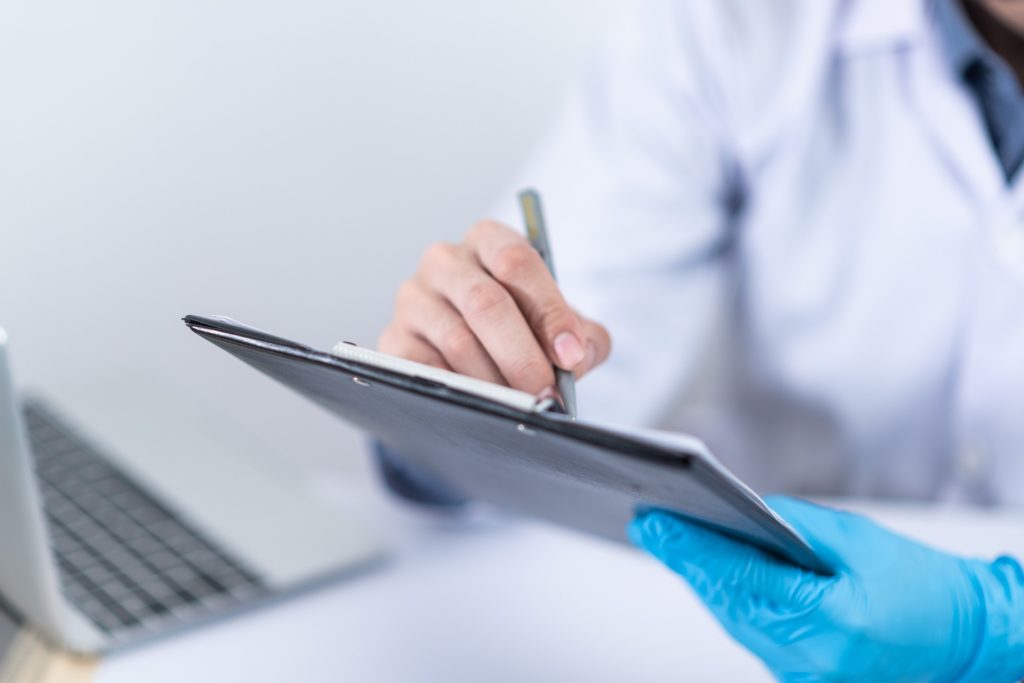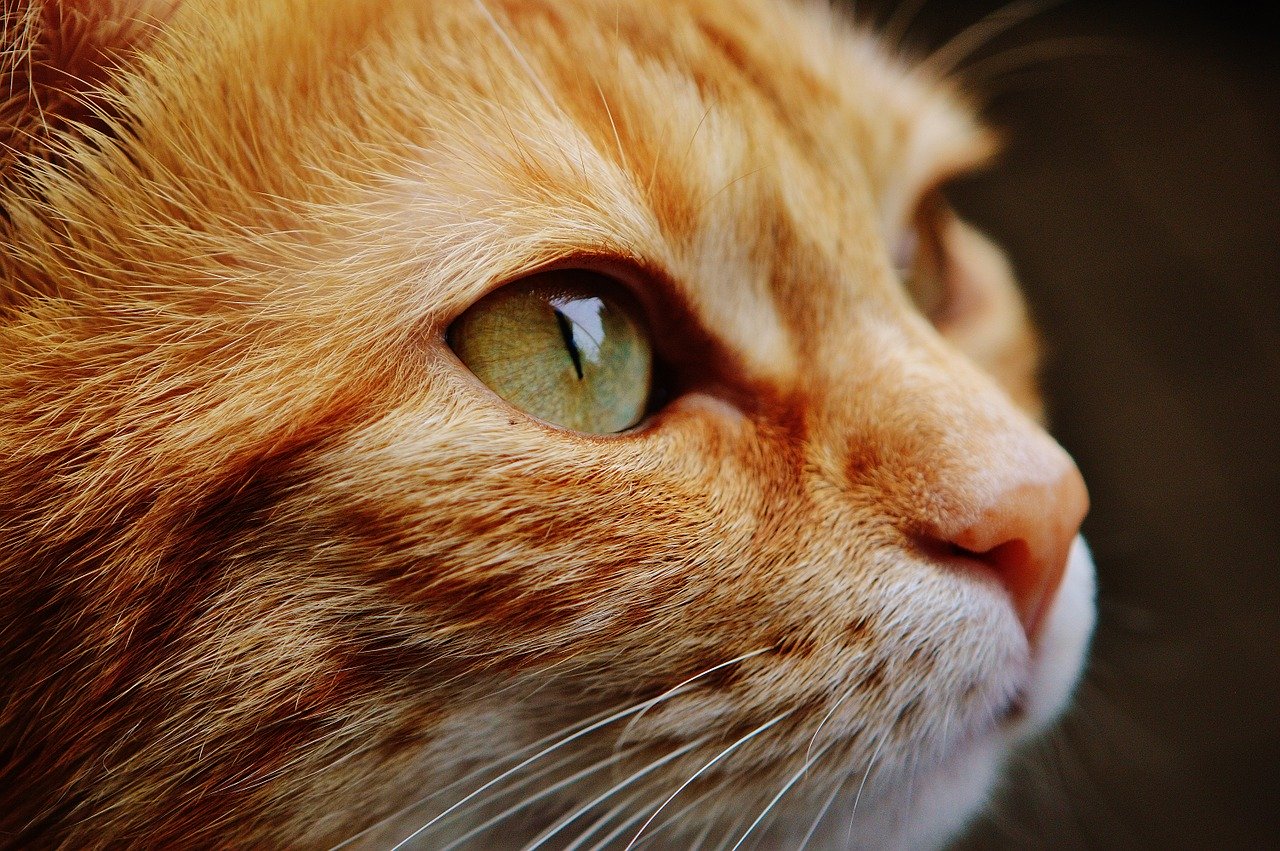Your cat is your bundle of joy. And you want to let her know how much you love her as often as you can. But what if your cat is undergoing flea treatment? Can you cuddle your cat immediately after applying the flea treatment or should you wait? So, how long after flea treatment can you pet your cat?
Why you should wait to pet your cat after flea treatment
Petting your cat immediately after flea treatment is no good for you or your cat. It’s important to let some time pass before touching your cat. If you don’t, you are not just making the flea treatment ineffective, but you are also making it a health risk for both you and your pet.
- You may rub the treatment off your cat. Cat flea treatments can come in many forms, from collars to tablets. But many of them are applied topically instead of taken orally. This means they take effect while they are on your cat’s skin. If you pet your cat immediately after applying the flea treatment, you are rubbing the treatment off your cat and rendering it ineffective.
- You can experience skin irritation. Flea treatments, particularly those that are applied topically, are toxic. This is because of the simple fact that they get rid of fleas. Some pets actually react negatively to the toxicity, resulting in adverse reactions or side effects. Sensitive pets are particularly vulnerable to these conditions. You may also be at risk of irritation if you get in contact with the flea treatments.

Some tips for a safe flea treatment for your cat
So, the question is – how long should you wait to pet your cat after you have applied her flea treatment? The answer will depend on the product. Here are some tips for a more effective and safe flea treatment for your cat.
Do’s
- Do check the label of the flea treatment for instructions. You should read the labels in the flea treatment’s packaging. They will help you understand how to apply the product properly and how long to wait before you can safely pet your cat. Thankfully, there are over-the-counter medications available, so you don’t necessarily need a consultation with a veterinarian.
- Do look out for adverse reactions or side effects. It’s not surprising that flea treatments have adverse reactions or side effects to your cat. After all, they have toxic ingredients to get rid of fleas. The key is to observe your cat to know if she is suffering from the flea treatment. Look out for skin irritation and redness, itching, vomiting, and behavioral changes like being aggressive or reclusive.
- Do consult a veterinarian if you can. Even though there are over-the-counter medications you can rely on, it’s still a good idea to consult a veterinarian for your cat’s flea treatment. The medical professional will be able to look at your cat’s health and history and provide the appropriate treatment for her. This is useful advice especially if your cat has a medical history or sensitive skin. The veterinarian can also help you on how to properly apply the flea treatment. This is helpful because an improperly applied flea treatment is not just dangerous and ineffective. It can also give immunity to the fleas in your cat, making them harder to eliminate.
- Do wear gloves when applying the flea treatment to your cat. You are vulnerable to skin irritation because of the toxic ingredients in flea treatments. It’s a good idea to cover yourself whenever you are handling the product. Gloves are a good way to protect yourself from the product’s toxicity.

Don’ts
- Don’t touch your eyes after applying the flea treatment. Your eyes are some of the most sensitive parts of your body. You can experience irritation if you touch them after you have just applied the flea treatment to your cat. Always wash your hands after applying the product even if you wear gloves.
- Don’t pet your cat immediately after applying the flea treatment. This can’t be stressed enough. Don’t touch your cat when you have just applied flea treatment on her. You will just rub the product off her, making it ineffective. And you will put yourself at risk of irritation from the toxic ingredients of the product. Read the labels in the product’s packaging to know when it is safe to pet your cat.
- Don’t let your cat rub the flea treatment on furniture or linen. Your cat is part of your household. It’s not surprising if you allow her to rest on furniture like your bed or sofa or get in contact with linen like bedsheets, carpets, and curtains. But remember that your cat can rub off the flea treatment with these objects. It’s a good idea to keep them away from these objects until the flea treatment is dry. Rubbing the flea treatment on these objects may also put other people in your household at risk as they get in contact with them. The objects may have traces of the flea treatment.
- Don’t let other pets in your household get in contact with your cat. If you have other pets in your household, separate the cat undergoing flea treatment as much as possible. Your cat may rub the flea treatment on other pets who don’t need them. Other pets may also lick your cat and ingest the flea treatment, causing health problems. You should practice this separation diligently if you have dogs. This is because cats and dogs have different flea treatment products. When one is exposed to the other’s flea treatment, it may cause health problems.
Avoid petting your cat immediately after applying flea treatment
No, you should not pet your cat when you have just topically applied flea treatment on her. This will rub off the flea treatment, making it ineffective and putting you at risk of skin irritation.
You should wait for some time before you are safely allowed to pet your cat. But the duration will differ from product to product. Read the labels on the flea treatment packaging to know more. But if you want to have a truly safe and effective flea treatment for your cat, consulting a veterinarian is the way to go.

